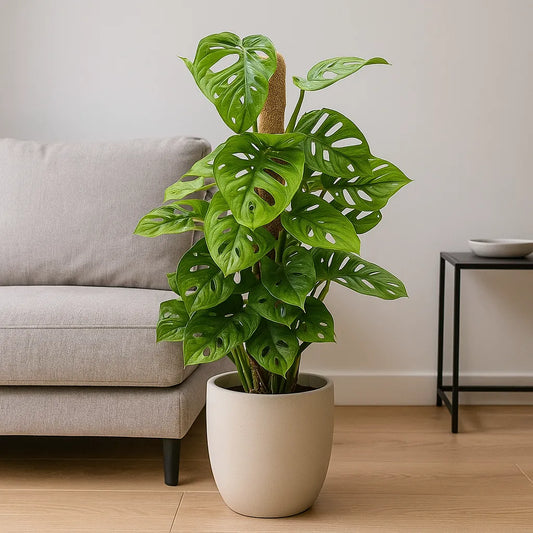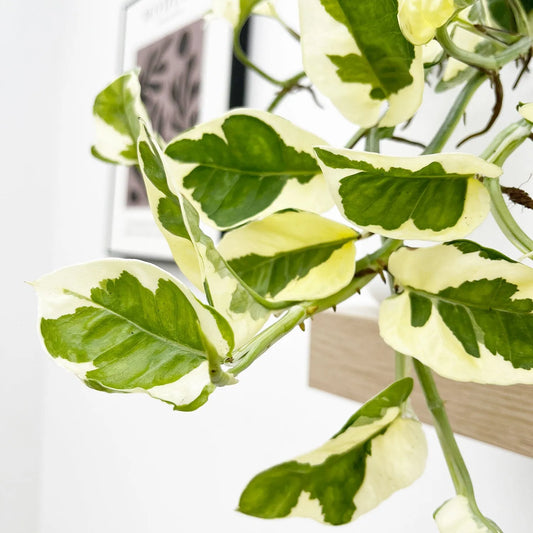How to Control Algae in Your Pond: The Role of Aquatic Plants
Algae can be a bane for pond owners, turning what was once a clear, beautiful body of water into a murky, green mess. Luckily, nature has a solution: aquatic plants. This blog post will guide you through controlling algae in your pond, focusing on the crucial role aquatic plants play.
Understanding Algae and Its Causes:
Algae is a diverse group of photosynthetic organisms that thrive in water bodies. While a little algae can contribute to a healthy ecosystem, an excess can be harmful, leading to oxygen depletion and fish deaths. Common causes of algal blooms include:
- Excessive nutrients (nitrogen and phosphorus)
- Adequate sunlight
- Warm temperatures
Role of Aquatic Plants in Algae Control:
Aquatic plants are nature's solution to algae control, acting in several ways:
-
Nutrient Absorption: Aquatic plants compete with algae for nutrients, reducing the amount available for algal growth.
-
Shading: By covering the water surface, plants like water lilies reduce sunlight penetration, limiting the photosynthesis algae need to thrive.
-
Oxygenation: Through photosynthesis, submerged plants oxygenate the water, supporting beneficial bacteria that help break down algae.
Choosing the Right Aquatic Plants for Algae Control:
Choosing the right plants can make a big difference in your fight against algae. Here are some top picks:
-
Water Lilies (Nymphaea): Their broad leaves provide shade, reducing sunlight for algae.
-
Hornwort (Ceratophyllum demersum): This submerged plant is a great oxygenator and nutrient absorber.
-
Water Hyacinth (Eichhornia crassipes): A floating plant that absorbs a lot of nutrients but can be invasive in certain areas.
-
Duckweed (Lemna minor): A small floating plant that absorbs nutrients, but needs monitoring to avoid overgrowth.
Tips to Control Algae with Aquatic Plants:
-
Diverse Planting: Include a mix of floating, submerged, and marginal plants to maximize nutrient absorption and shading.
-
Avoid Overfeeding: Excess fish food can decay, releasing nutrients that promote algal growth.
-
Regular Maintenance: Regularly remove dead plant material and manage plant overgrowth.
-
Use Pond Snails and Fish: Certain pond snails and fish eat algae, providing an additional line of defence.
Conclusion:
While algae can be a headache for any pond owner, understanding its causes and how to control it naturally using aquatic plants can turn the tide in your battle against the green menace. By incorporating a diverse range of aquatic plants into your pond and following best management practices, you can reduce algae growth and create a healthier, more visually appealing pond environment.











Leave a comment
Please note, comments need to be approved before they are published.